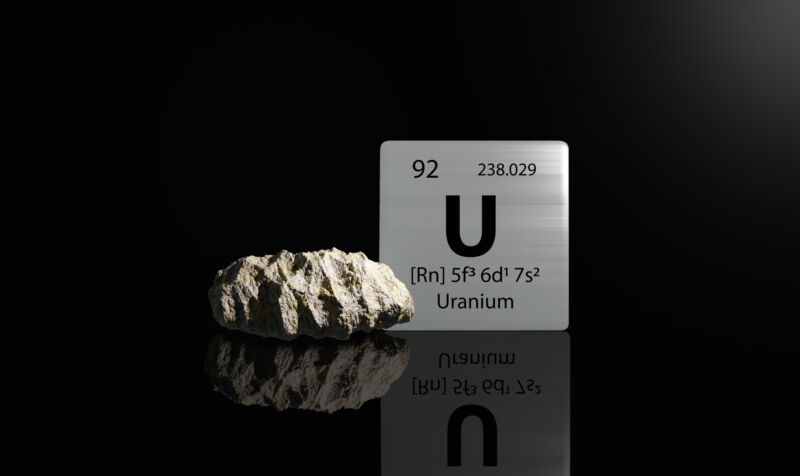Apple's Battery Supplier TDK Says It Made a Big Breakthrough
Read more of this story at Slashdot.
Read more of this story at Slashdot.
Read more of this story at Slashdot.
Unease and anger are rising over proposals to build country’s first facility on Kilifi coast, home to white sand beaches, coral reefs and mangrove swamps
Kilifi County’s white sandy beaches have made it one of Kenya’s most popular tourist destinations. Hotels and beach bars line the 165 mile-long (265km) coast; fishers supply the district’s restaurants with fresh seafood; and visitors spend their days boating, snorkelling around coral reefs or bird watching in dense mangrove forests.
Soon, this idyllic coastline will host Kenya’s first nuclear plant, as the country, like its east African neighbour Uganda, pushes forward with atomic energy plans.
Continue reading...© Photograph: John Mawer/Alamy
© Photograph: John Mawer/Alamy
Read more of this story at Slashdot.
Read more of this story at Slashdot.
We look back through 14 years of Conservative manifestos at policies on net zero, energy, transport and more
It’s been a long journey on environmental issues for the Tories – but somehow it feels as if it has been in the wrong direction. Eighteen years on from David Cameron’s “hug a husky” campaign of 2006, where the climate and nature crises were largely viewed with cross-party consensus, we look back through the (many) Tory manifestos since 2010 to see how the Conservatives’ environmental message has evolved.
Continue reading...© Photograph: REUTERS
© Photograph: REUTERS
Alex Chisholm, who led business office during Hinkley Point C negotiations, appointed UK chair of energy firm
One of the UK’s most senior civil servants, Alex Chisholm, has been revealed as the new UK chair of the energy company EDF, after having previously run the department that struck a deal for it to build a new nuclear power station.
Chisholm was permanent secretary at the Cabinet Office, and before that led the business department, which worked on the government deal for EDF to go ahead with the Hinkley Point C nuclear plant in Somerset. The agreement was struck in 2016 with UK bill payers bearing the cost of the construction over a 35-year period.
Continue reading...© Photograph: EDF
© Photograph: EDF

© Benjamin Rasmussen for The New York Times

High-assay low-enriched uranium (HALEU) has been touted as the go-to fuel for powering next-gen nuclear reactors, which include the sodium-cooled TerraPower or the space-borne system powering Demonstration Rocket for Agile Cislunar Operations (DRACO). That’s because it was supposed to offer higher efficiency while keeping uranium enrichment “well below the threshold needed for weapons-grade material,” according to the US Department of Energy.
This justified huge government investments in HALEU production in the US and UK, as well as relaxed security requirements for facilities using it as fuel. But now, a team of scientists has published an article in Science that argues that you can make a nuclear bomb using HALEU.
“I looked it up and DRACO space reactor will use around 300 kg of HALEU. This is marginal, but I would say you could make one a weapon with that much,” says Edwin Lyman, the director of Nuclear Power Safety at the Union of Concerned Scientists and co-author of the paper.
Read more of this story at Slashdot.
Read more of this story at Slashdot.

© Laetitia Vancon for The New York Times

© Iman Al-Dabbagh for The New York Times

© Charlie Neibergall/Associated Press

© Renaud Philippe for The New York Times

© NASA/Solar Dynamics Observatory

© NASA/SDO

© Jim Wilson/The New York Times